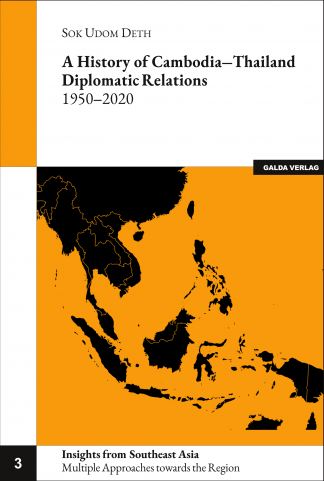Description
This book aims to provide an analysis of Cambodia-Thailand diplomatic relations over the past seven decades, specifically from 1950 to 2020. While other academic publications have focused on particular aspects of Cambodian-Thai relations (e.g. border conflicts or cultural ties), this book is the first to cover a comprehensive history of diplomatic relations between the two countries starting from the establishment of official diplomatic ties in 1950 to the present. In addition to empirical discussion, it seeks to explain why Cambodian-Thai relationships have fluctuated and what primary factors caused the shifts during the period discussed. In doing so, it employs the “social conflict” analysis, which views states not as unitary actors, but within which are comprised of different societal forces competing with one another and pursues foreign policies in accordance with their own ideology, interest, and strategy. As such, it is postulated that Cambodia-Thailand diplomatic relations should not be seen simply as relations between two unitary states cooperating with or securitizing against one another, but rather as a matrix of intertwining relationships between various social and political groups in both states harboring competing ideologies and/or interests to advance their power positions at home.


